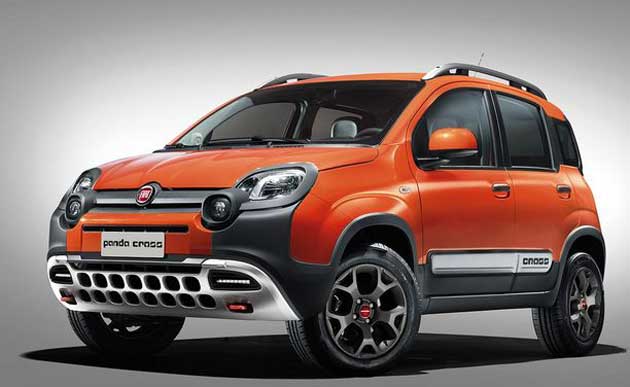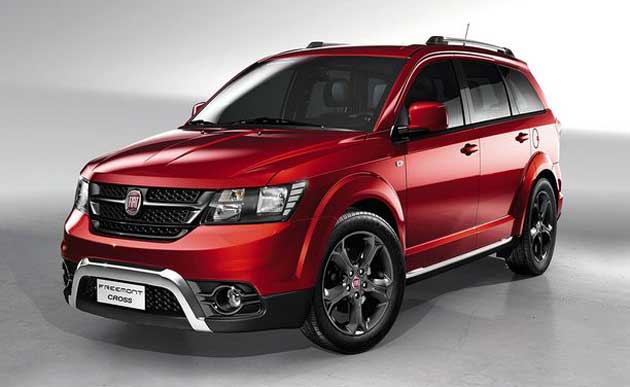2014 Fiat to unveil Panda Cross and Freemont Cross in Geneva Motor Show
The panda cross powered by the two engines, both with Start & Stop standard and Panda 4 x 4 equipped by the 80 HP 1.3 Multijet II turbo diesel engine while Petrol version gets the 90 HP 0.9 Twin Air Turbo petrol engine mated with 6 speed transmission.
Fiat the Italian carmaker has announced to showcase its new Panda Cross and Freemont Cross at the upcoming Geneva Motor Show 2014. The panda cross powered by the two engines, both with Start & Stop standard and Panda 4 x 4 equipped by the 80 HP 1.3 Multijet II turbo diesel engine while Petrol version gets the 90 HP 0.9 Twin Air Turbo petrol engine mated with 6 speed transmission.
The Panda Cross enabled with the features like AWD for off roaders. Its ‘Terrain control’ gets the three driving modes-Auto Mode, Lock Mode and Hill Descent mode.

AUTO Mode - it works as the distribution of drive between the two axles in accordance with the grip of the surface.
LOCK Mode - The four wheel drive system always enables for optimal off road use, with distribution of torque to the four wheels, provides braking to the wheels that are losing grip (or slip more than the others) and thus transferring the drive to those with the most grip
HILL DESCENT Mode - for the high level of comfort while driving over steep descent or when going down on extremely bumpy routes. The another line up for Geneva Motor show is new Freemont Cross, The top range cross over aimed to the customers looking for the new developments and eyeing for the best equilibrium between functionality and design.
The new top variant is powered by the 140 HP 2.0 MultiJet II engine, mated with 6-speed manual gearbox along with front-wheel drive, and the and the 170 HP 2.0 MultiJet II, both in a 4×2 version with manual gearbox and an active AWD version equipped exclusively with a 6-speed automatic transmission.

It is reported that the active AWD (All Wheel Drive) would be available on demand, with an electronic control unit that uses sensor to measure the all four wheels grip and decides when to transfer the drive to rear. The electronic system harmonizes torque transfer through the help of the Electronically Controlled Coupling and, operates only when necessary, contributes to save fuel.
